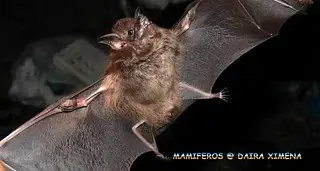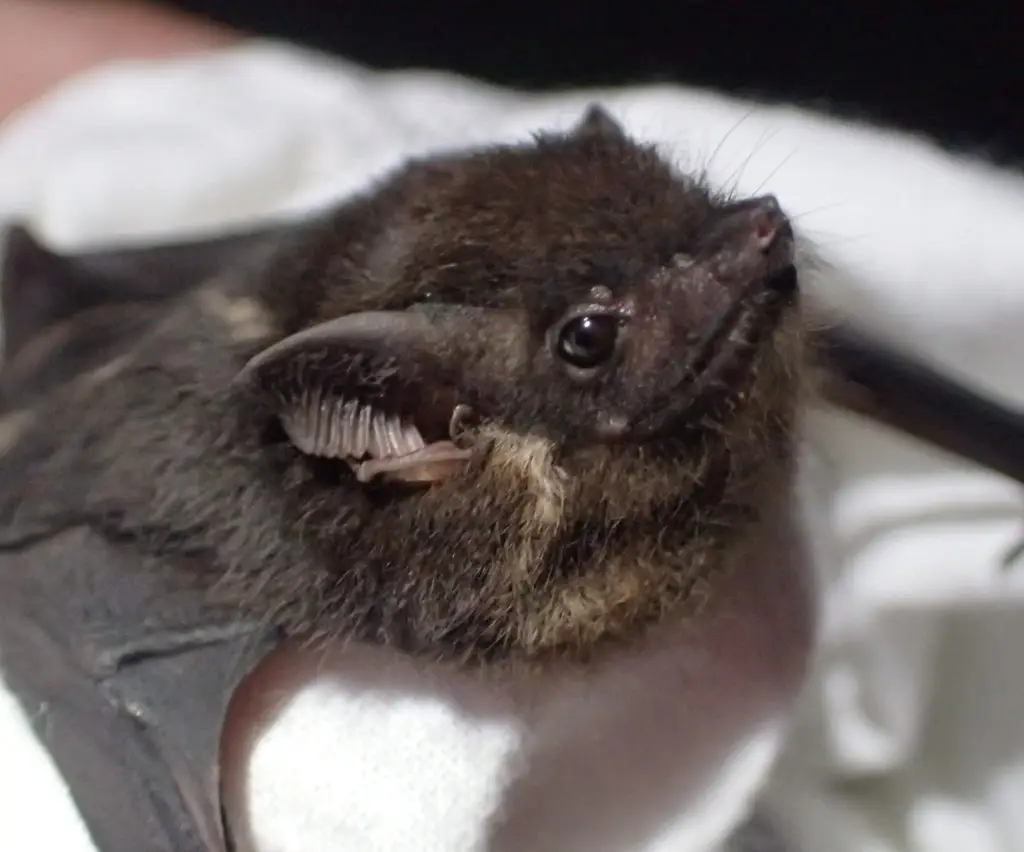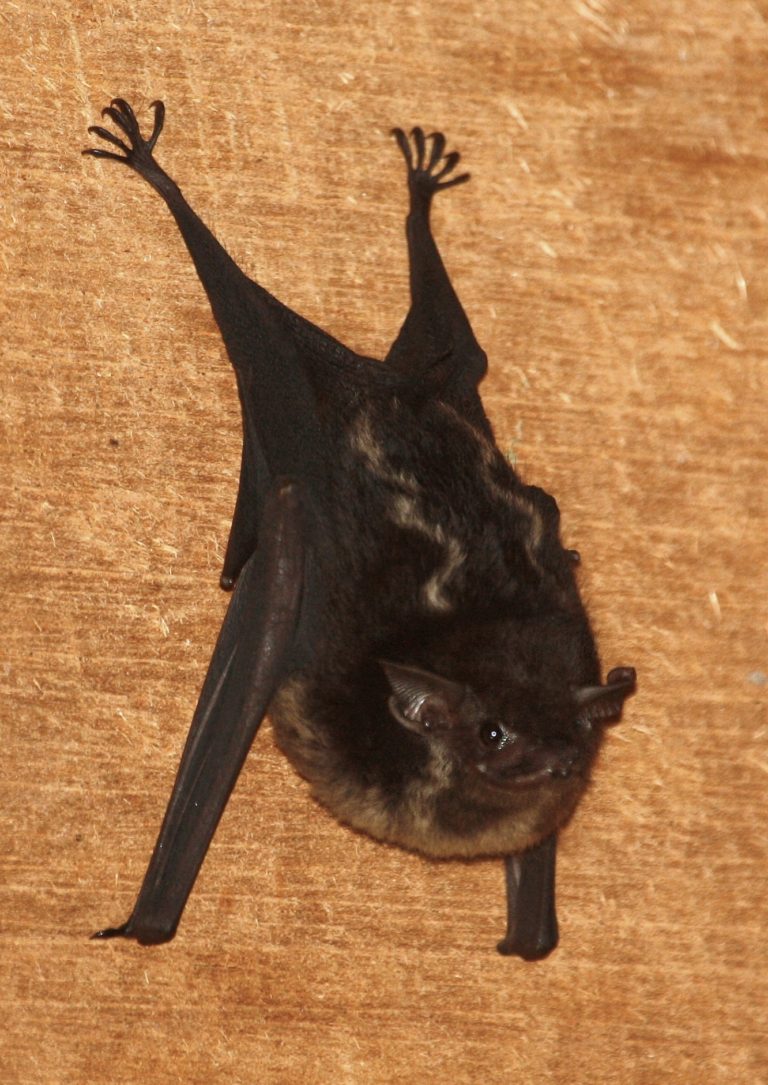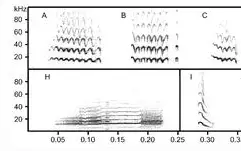The one thing nearly every girl wants more of is…pockets. Turns out, it’s not just humans that are into pockets – so are bats!
There is a group of bats called sac-winged bats (Family: Emballonuridae), so called because of the small fleshy sacs that are found on the wings of these bats. (side note – not all of the “sac-winged bats” have sacs in the same place, or even on their wings!).

The most common and well-studied of these bats is the Greater Sac-winged Bat (Saccoptyerx bilineata). This tiny little insectivorous are found throughout Central America, where they can frequently be seen roosting on trees or in human structures.
More fun facts about Greater Sac-winged Bats:
1. Even in bats, the males get the best pockets. Wing sacs are most pronounced in males, which fill those pockets with a delicious cocktail of saliva, urine and gland secretions. They then perform hover displays, which helps waft their homemade perfumes towards the females.

2. Those perfume mixes are pretty important and different males will have slightly different scent profiles! Females show strong preferences for different smells. They can discriminate and will prefer the sac-scents of their own species. These male perfumes also communicate information about the individuals’ MHC (major histocompatibility complexes), thought to help females choose the ‘best’ males and avoid inbreeding.

3. Sexy smells aren’t the only thing males have up their proverbial sleeves (or sacs). Greater sac-winged bats also sing elaborate songs for courtship and territorial defense. The courtship songs are directed at females and contain multiple types of syllables including trills and whistles.

Literature Cited
Voigt, Christian C. “Individual variation in perfume blending in male greater sac-winged bats.” Animal Behaviour 63, no. 5 (2002): 907-913.
Santos, Pablo SC, Alexandre Courtiol, Andrew J. Heidel, Oliver P. Höner, Ilja Heckmann, Martina Nagy, Frieder Mayer, Matthias Platzer, Christian C. Voigt, and Simone Sommer. “MHC-dependent mate choice is linked to a trace-amine-associated receptor gene in a mammal.” Scientific Reports 6, no. 1 (2016): 1-9.
Behr, Oliver, and Otto von Helversen. “Bat serenades—complex courtship songs of the sac-winged bat (Saccopteryx bilineata).” Behavioral Ecology and Sociobiology 56, no. 2 (2004): 106-115.